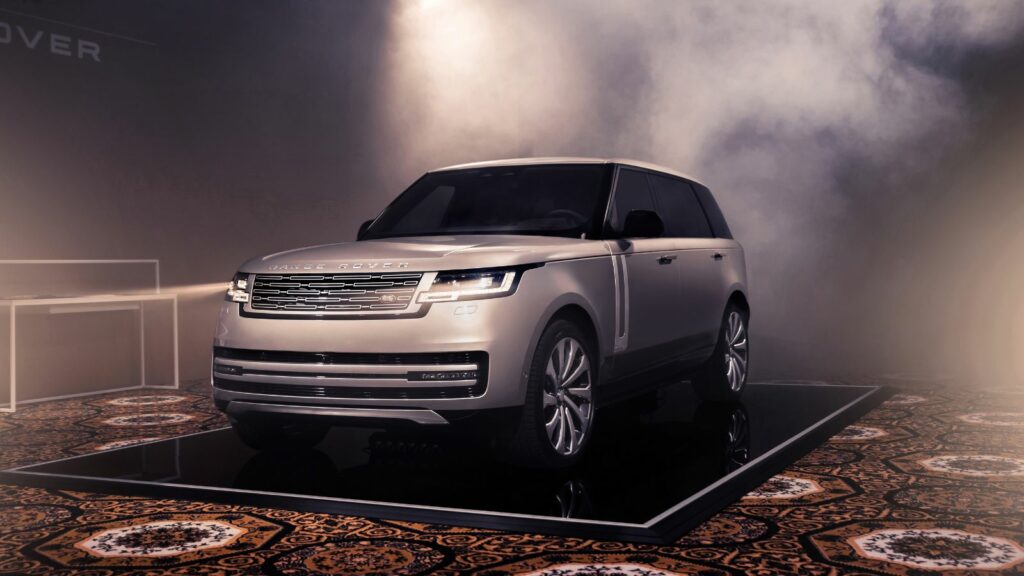The automotive world is full of dreamers, where automakers show off fantastical concept cars that make gearheads weak in the knees. In reality, many of these concepts are left as nothing more than museum pieces. Yet, in rare instances when a concept makes it to production, it often undergoes such a dramatic transformation that it might leave you wondering, “Is this even the same car?” Here are 8 of the most dramatic concept-to-production transformations.
Chrysler PT Cruiser (1997 Concept to 2000 Production)
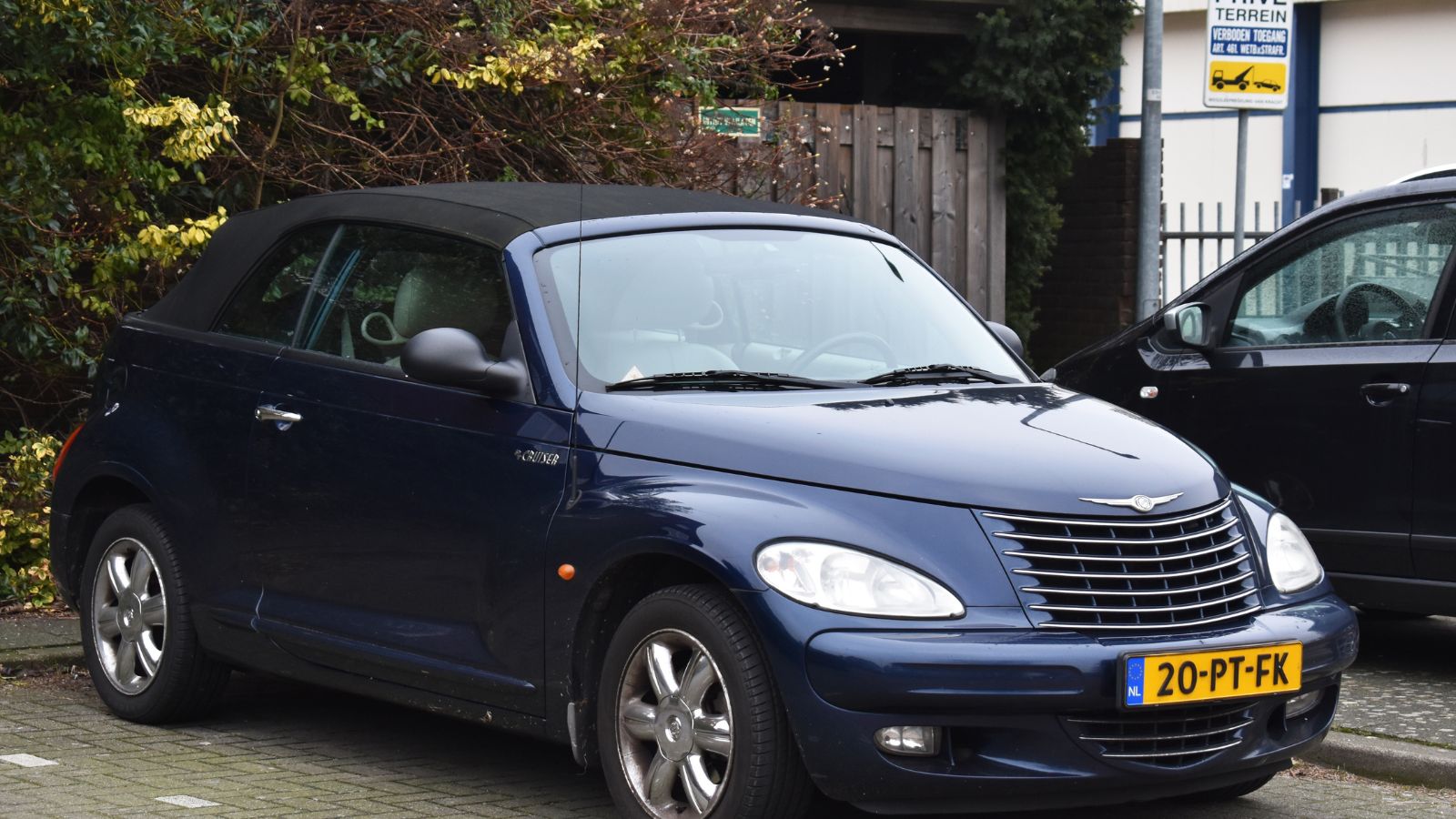
When Chrysler first unveiled the PT Cruiser concept in 1997, the public saw a sleek, retro-styled homage to 1930s panel vans with a dash of modern attitude. It was all about clean lines, chopped rooflines, and a hot rod aura. Fast forward to 2000, and the PT Cruiser that hit the streets was… less than inspiring. Sure, it still had a bit of that vintage flair, but the proportions were odd. It turned into a compact, almost cartoonish crossover, with exaggerated height and a face only a mother could love. Chrysler took the free-wheeling concept and put it on a more economical FWD platform, stripping away the sleek, low-slung profile that had made the original concept so promising. Instead, we got a quirky compact car that was more about kitschy charm than hot rod heritage. Despite its controversial looks, the PT Cruiser found a loyal following, with Chrysler selling more than 1.35 million units globally by 2010.
Ford Mustang Mach-E (2019 Concept to 2021 Production)
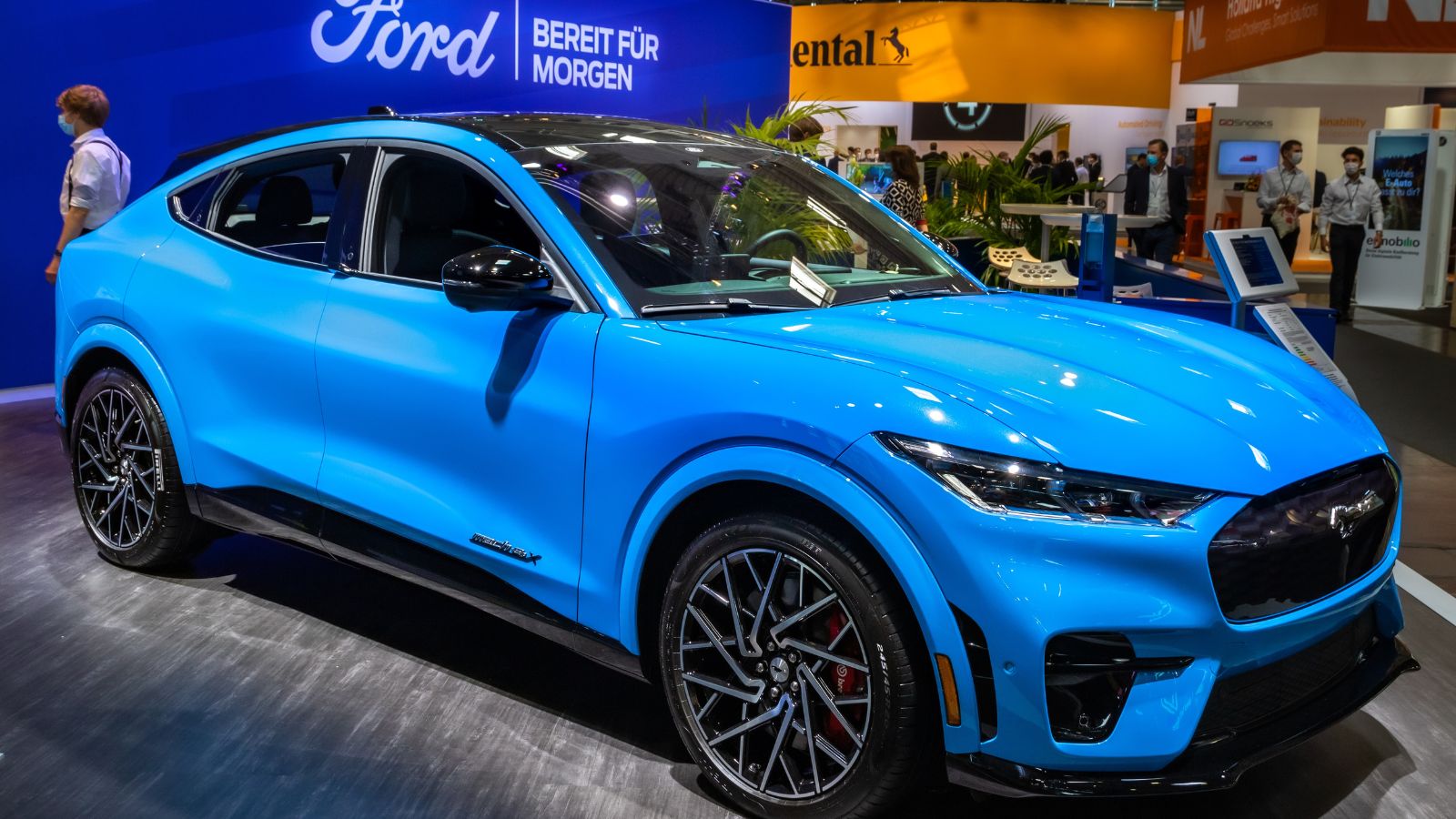
The Ford Mustang name is synonymous with muscle, performance, and the occasional image of a burly man in a leather jacket. So, imagine the collective gasp when Ford announced the Mustang Mach-E, a concept for an electric SUV that dared to carry the iconic Mustang badge. The concept was slick and futuristic, giving Mustang purists a minor heart attack. But when the production model rolled out, the final product looked more like an evolution of the Edge than a true Mustang. The swooping lines and aggressive stance were toned down, leaving a relatively tame (albeit handsome) electric SUV. Mustang fans are still debating whether the Mach-E should even count as a Mustang, but Ford’s bet on electrification seems to be paying off. But even after the backlash from purists, the Mach-E has garnered a lot of praise, with some even calling it the most fun electric vehicle on the market.
Plymouth Prowler (1993 Concept to 1997 Production)
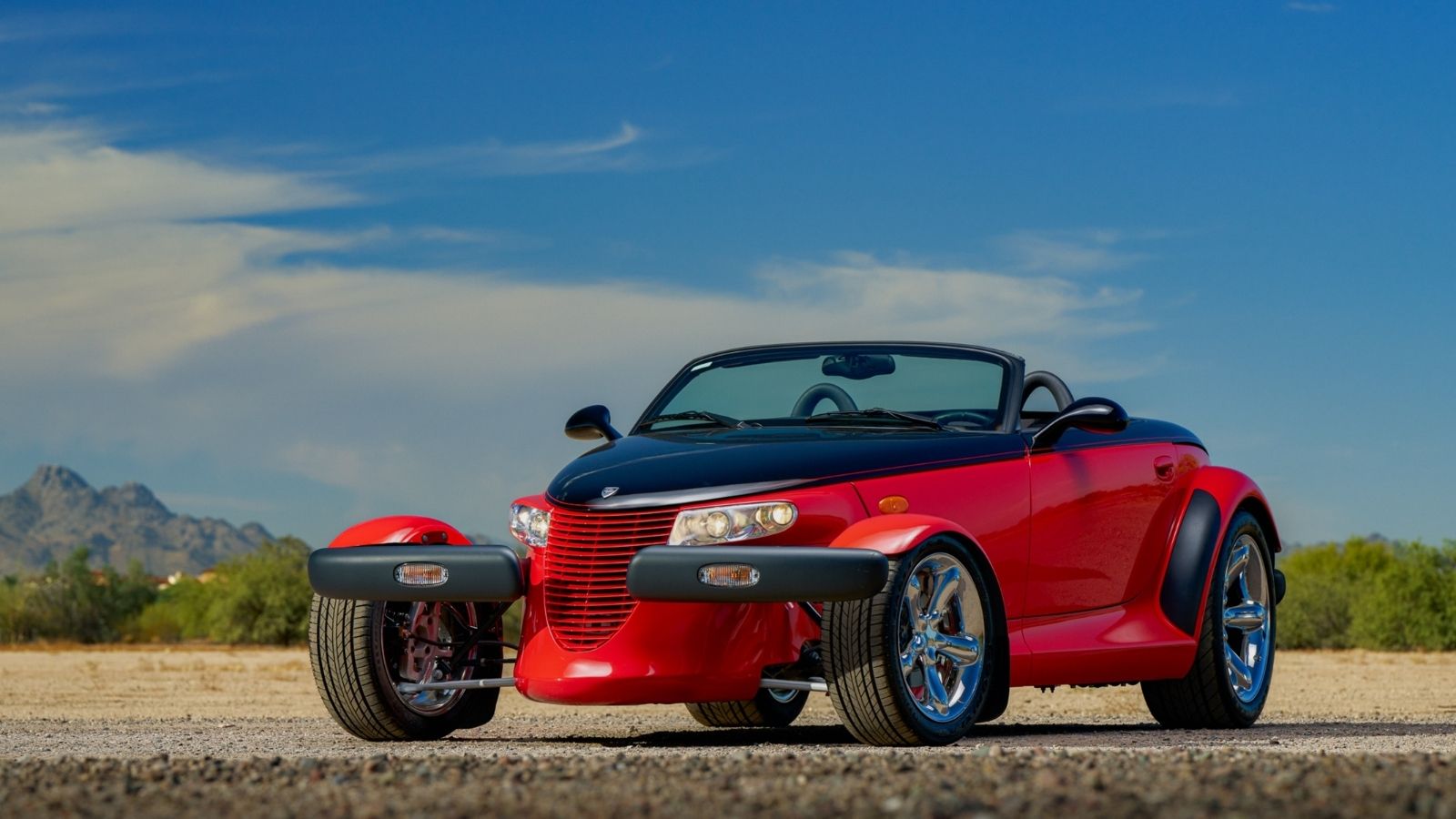
The Plymouth Prowler concept debuted in 1993 as a daring take on the retro-styled hot rod for the modern era. Its sharp, minimalist design made it look like something straight out of a comic book, with exposed wheels and a sleek, teardrop body. When the production model finally hit in 1997, it stayed remarkably faithful to the concept’s wild spirit but lost something vital: power. Plymouth decided to equip the Prowler with a measly V6 engine producing only 214 horsepower. For a car that looked like it should be tearing up the drag strip, it felt like a betrayal to anyone expecting muscle-car performance. While visually striking, the production Prowler left much to be desired under the hood.
Chevrolet Volt (2007 Concept to 2010 Production)
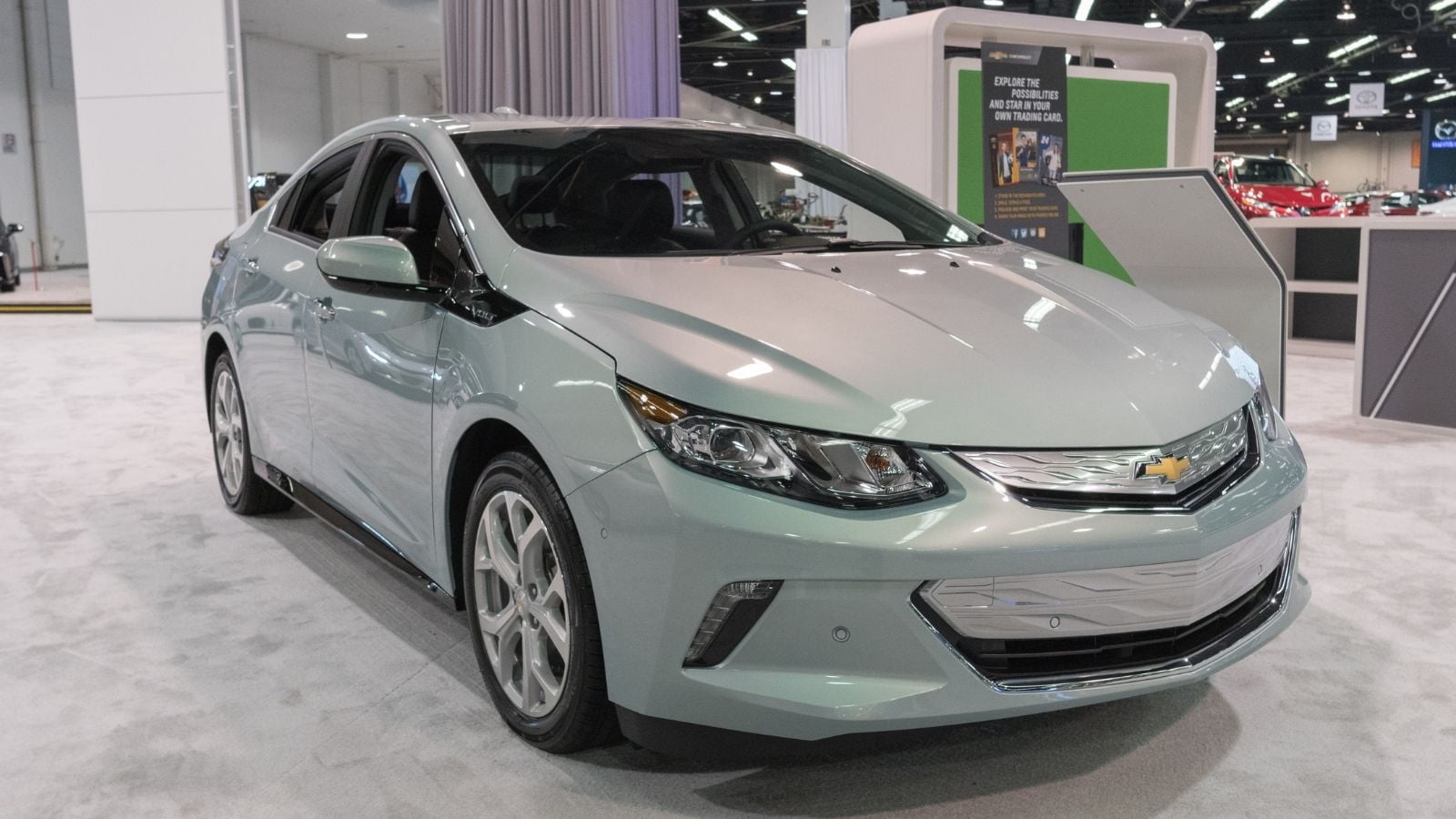
The 2007 Chevrolet Volt concept wowed crowds with its sleek, aggressive design, promising a new era of electric vehicles that didn’t have to look like refrigerators on wheels. It was low, wide, and futuristic, with a bold front grille and sharp angles. The final production model that debuted in 2010? Not so much. The actual Volt was much more pedestrian, with a plumper body and less adventurous styling. This wasn’t a total surprise—concept cars are rarely production-ready—but the difference between the stylish concept and the rather ordinary-looking production car left some fans scratching their heads. The production model was more aerodynamic (for efficiency), but it felt like a design compromise. The Volt might have been less dramatic in appearance, but it was still a game-changer, becoming one of the first plug-in hybrids on the mass market.
Nissan Juke (2009 Qazana Concept to 2010 Production)
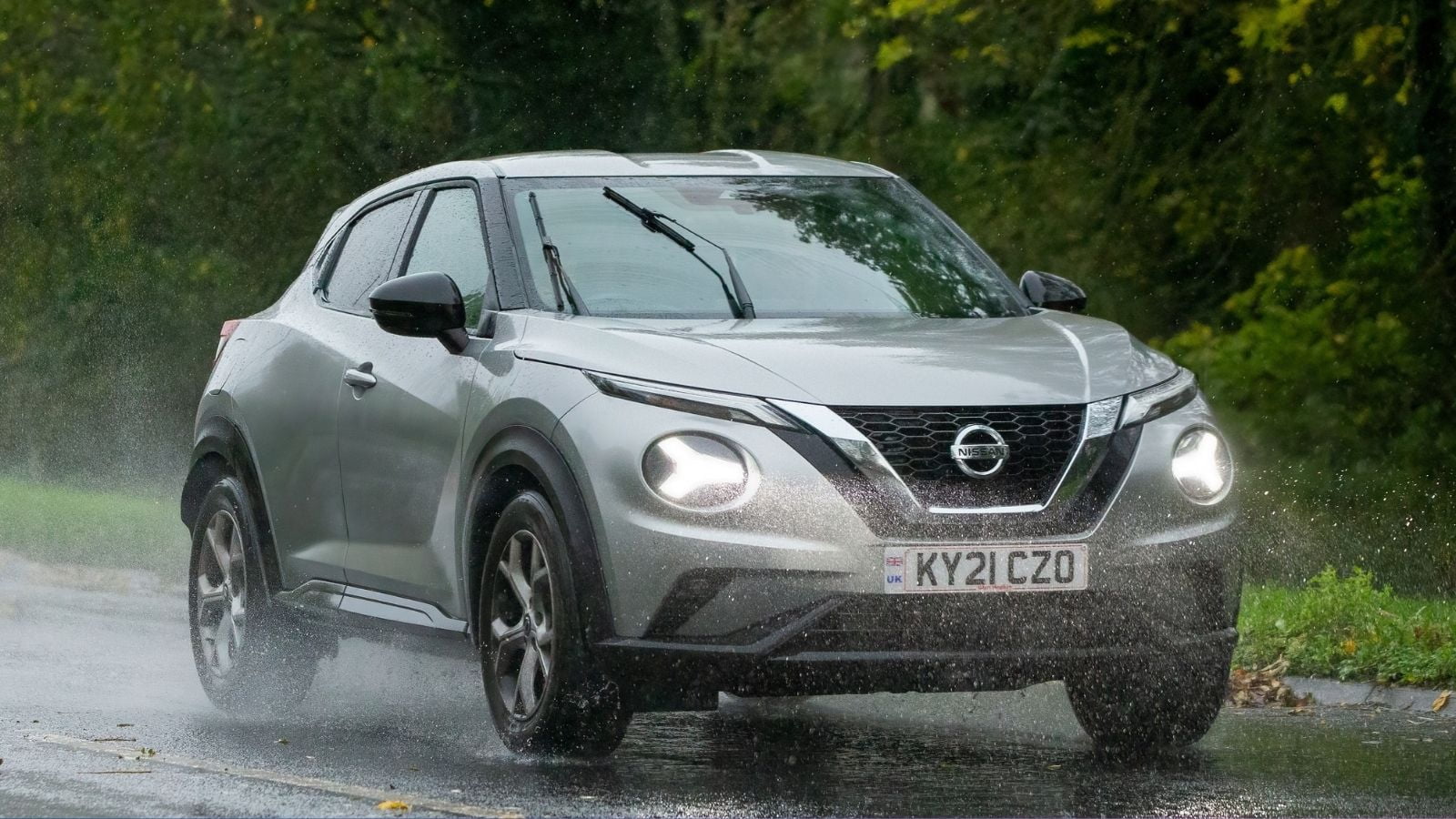
Ah, the Nissan Juke evokes extreme reactions on both ends of the spectrum. Its 2009 Qazana concept was a radical, bubbly, off-road-inspired crossover with tiny windows and oversized wheels, looking more like a lunar rover than something meant for highways. When it came to production in 2010, the Juke retained some bizarre styling cues—like its split headlamps and bulging fenders—but was somehow even weirder. The proportions were jarring, with a face that seemed to smirk at anyone brave enough to drive it. Nissan leaned hard into the quirky aesthetic; while some loved it, many wondered what had gone wrong. At least Juke’s oddball personality helped it stand out in an increasingly crowded crossover market. Even with the polarizing design, the Juke was a commercial success, particularly in Europe, where people embraced its “ugly duckling” charm.
BMW i8 (2009 Vision Efficient Dynamics Concept to 2014 Production)
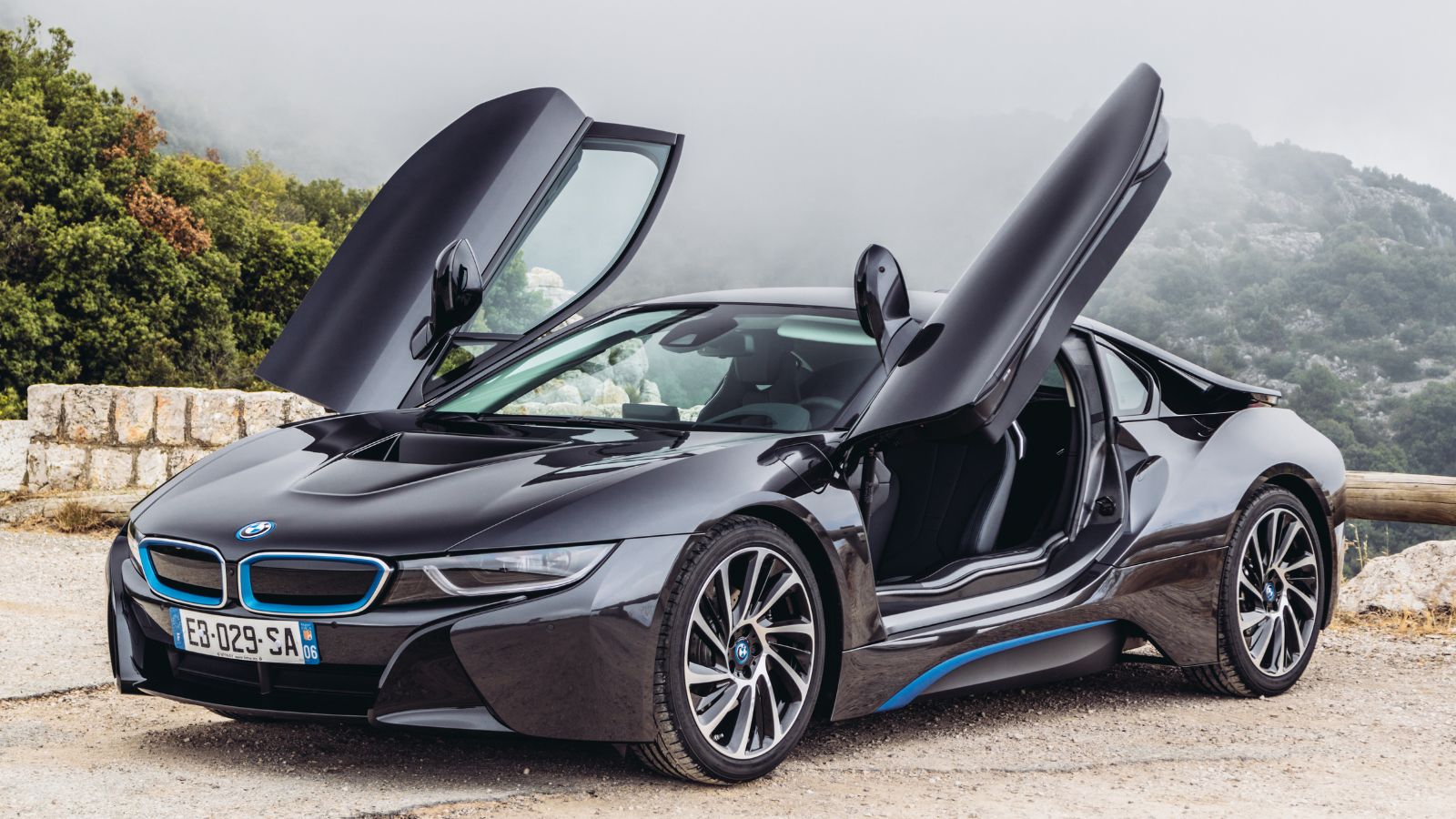
The 2009 BMW Vision Efficient Dynamics concept looked like it had just driven off the set of a sci-fi movie. It had gullwing doors, razor-sharp lines, and an otherworldly presence that promised a revolution in hybrid supercar design. By the time it hit production as the BMW i8 in 2014, the car retained much of the futuristic flair but toned down some of the wildest aspects, like the fully transparent doors (because privacy matters). While the production i8 still looked jaw-dropping, some enthusiasts felt that BMW had played it a little safe. Underneath, however, the i8 was revolutionary—a plug-in hybrid sports car that pushed the boundaries of performance and efficiency, even if it wasn’t quite space-age as the original concept suggested.
Jeep Cherokee (2013 Concept to 2014 Production)
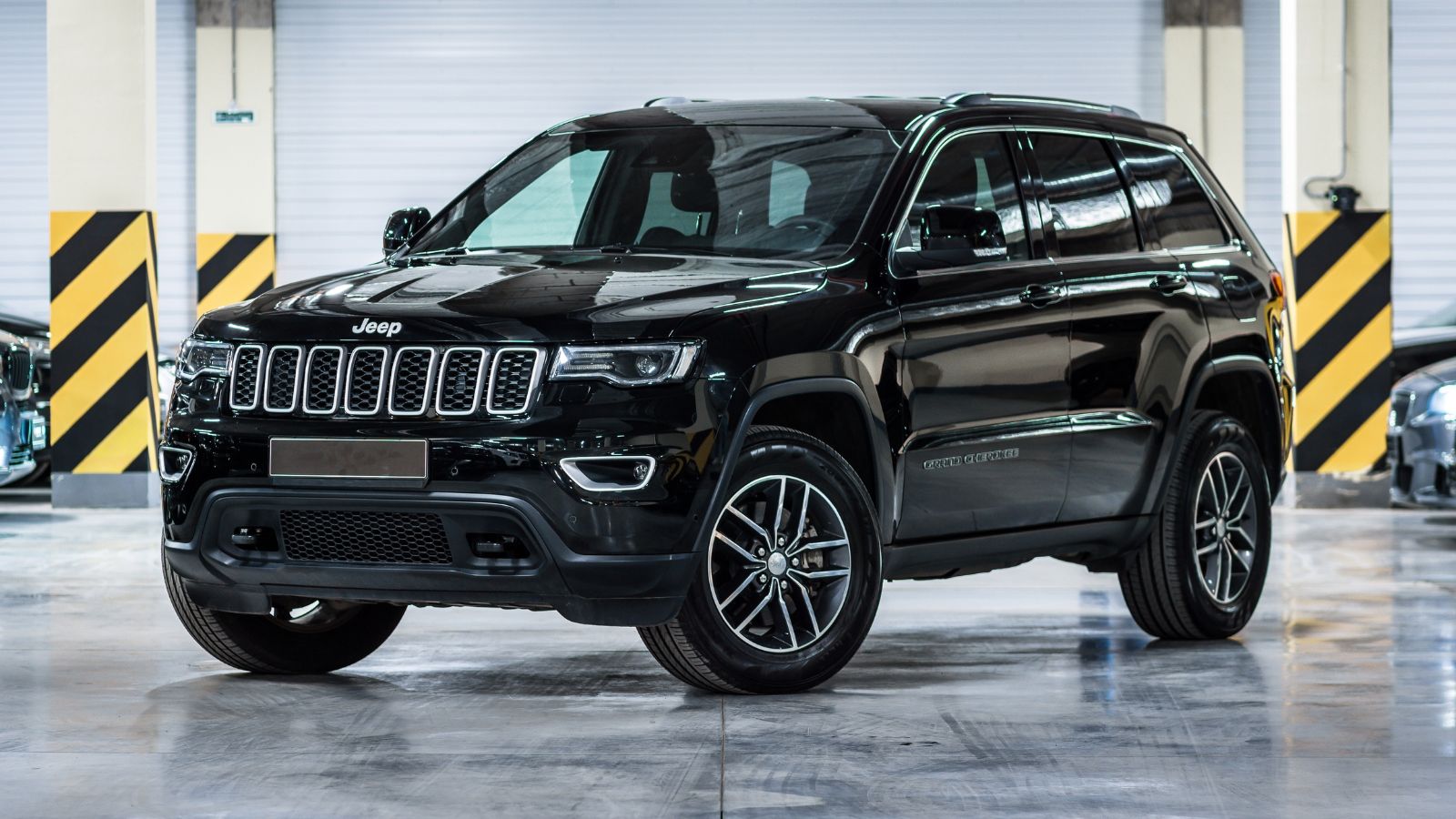
When Jeep first showed off the redesign of its beloved Cherokee, it was as if the brand had lost its collective mind. The sleek, modern-looking concept had a forward-leaning grille and a squinty headlight design that was a far cry from the boxy, rugged Cherokees of the past. And to no one’s surprise, Jeep die-hards were horrified when the 2014 production model stayed true to the concept’s design. Gone was the traditional, no-nonsense Jeep aesthetic, replaced by something that looked more like a crossover than an off-road legend. While the Cherokee still had decent off-road chops, its transformation from concept to production left many wondering if Jeep had lost sight of its roots.
Acura NSX (2012 Concept to 2016 Production)

The 2012 Acura NSX concept was a stunning rebirth of a legend, featuring sharp, aggressive lines and a promise of hybrid performance that would push the envelope. Fans of the original NSX, out of production since 2005, were thrilled at the prospect of a worthy successor. However, when the production model arrived in 2016, some visual aggression had been watered down. The production of NSX was still a beauty, but it had lost a bit of the raw, angular Edge that had made the concept jaw-dropping. Thankfully, Acura didn’t skimp on performance—the NSX delivered blistering hybrid power—but some fans couldn’t help but feel a tinge of disappointment that the final product wasn’t quite the concept car come to life. The NSX features a complex hybrid drivetrain that combines a twin-turbo V6 with three electric motors, making it one of the most advanced sports cars on the market.
12 Cars That Are Known for Their Unbreakable Reliability — They Just Don’t Quit

Reliability is a core feature that defines a vehicle. Over the last few decades, some vehicles have emerged as a reliable and durable option, standing out as workhorses that never quit. These vehicles not only prove themselves in terms of performance but transcend their role and become reliable partners, always fulfilling their role. Here are 12 Cars known for their unbreakable reliability.
12 Cars That Are Known for Their Unbreakable Reliability — They Just Don’t Quit
